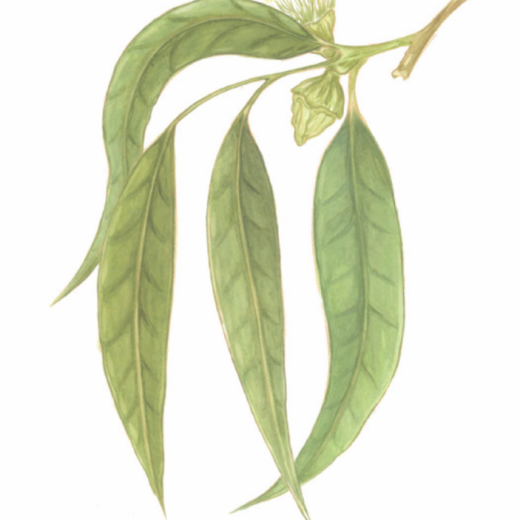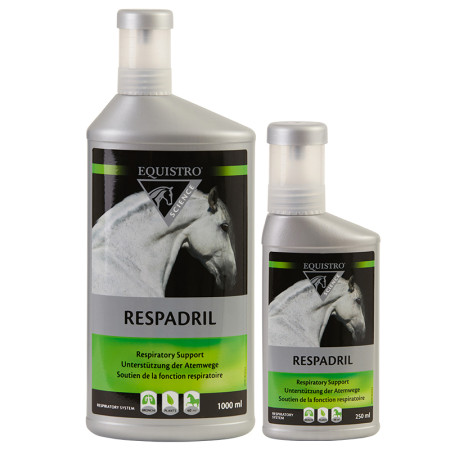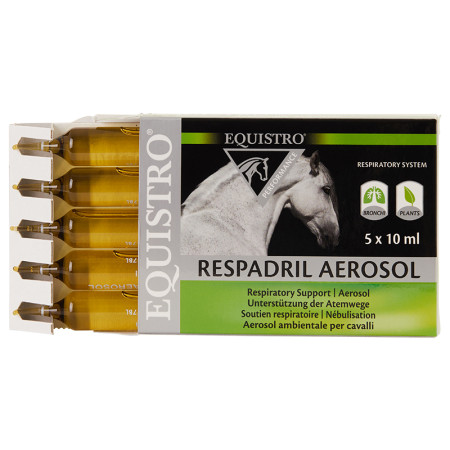
Eucalyptus
Description
Eucalyptus trees are tall evergreens native to Australia and Tasmania that are now grown in many different parts of the world. Approximately 25 different species are used in the production of medicinal eucalyptus oil.
Properties
Especially the leaves of the tree are naturally very rich in Eucalyptus essential oil (70 - 85%), also known as eucalyptol. Others include monoterpenes and sesquiterpenes. Other constituents of the plant: monoterpenes, sesquiterpenes, tannins, and associated acids.
Eucalyptus oil has expectorant, antispasmodic, cough-relieving, expectoration-promoting and bronchodilator properties.
Possible uses
Eucalyptus oil products can be used to support the treatment of equine asthma, upper respiratory tract irritations and sinusitis.
If eucalyptus oil is absorbed through the lungs (e.g., via inhalation), it can stop the proliferation of pathogens.
Important to know
- Applied externally, eucalyptus oil can stimulate blood circulation and thus promote the regeneration of strained muscles, tendons and ligaments
- Eucalyptus oil should not be used in concentrated form as it can irritate mucous membranes. For inhalation or application to the skin, eucalyptus oil should always be used in diluted form.


